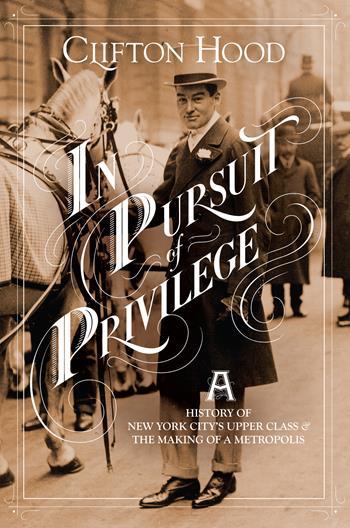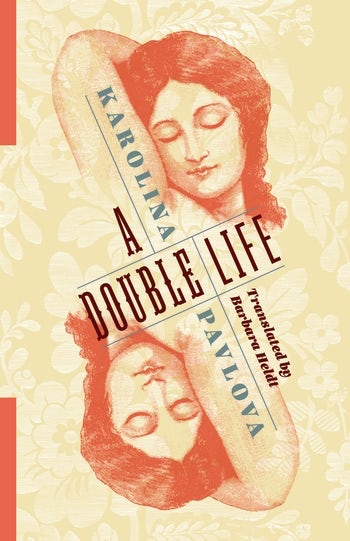A 19th Century Populist Revolt Against NYC’s Elite — An Excerpt from "In Pursuit of Privilege"
“The draft riots were carried out by desperate people who had serious grievances against the established order yet who lacked access to political and social channels for seeking redress for their grievances. Resorting to force because they had few alternatives, the rioters conducted reprisals against members of social groups and institutions whom they blamed for their suffering.”—Clifton Hood, In Pursuit of Privilege: A History of New York City’s Upper Class and the Making of a Metropolis
One of the most violent challenges to New York City’s elite was during the Draft Riots in 1863. Clifton Hood writes about the riots in his new book In Pursuit of Privilege: A History of New York City’s Upper Class and the Making of a Metropolis. In the passage below, Hood describes how white working-class frustrations led to violence against African Americans and the elite:
Irish immigrants lived in appalling poverty and endured ethnic and religious discrimination from the Protestant majority. In the six months since President Lincoln had made the abolition of slavery an official war aim by issuing the Emancipation Proclamation, speeches by Fernando Wood and other Peace Democrats had stoked Irish fears that the freed slaves would compete for jobs and drive down wages. And now, with the passage of a conscription law designed to rectify the manpower shortages caused by the wartime slaughter, the federal government proposed to tear working-class men from their families and send them to the butcher’s yard, all, it seemed, to elevate African Americans above white workers.Worse yet was a provision of the conscription law permitting anyone who had been drafted to secure an exemption by paying a $300 waiver fee, a stipulation that put the burden of combat on the poor.
The draft riots were carried out by desperate people who had serious grievances against the established order yet who lacked access to political and social channels for seeking redress for their grievances. Resorting to force because they had few alternatives, the rioters conducted reprisals against members of social groups and institutions whom they blamed for their suffering. Mobs assaulted sites associated with the Republican Party, such as the offices of the New York Tribune and the home of its editor, Horace Greeley, and symbols of police and military authority, like police stations and draft offices. Yet their prime targets were African Americans. A large crowd attacked the Colored Orphan Asylum on Fifth Avenue, clubbing to death a nine-year-old girl who was discovered hiding under a bed. African American men were beaten and sometimes killed and mutilated. The bodies of African American men were hung from trees and lampposts. Their homes were destroyed. By the time that five regiments dispatched from the Gettysburg battlefield could restore calm, at least 105 people died and another 2,000 were injured.
To read more:





